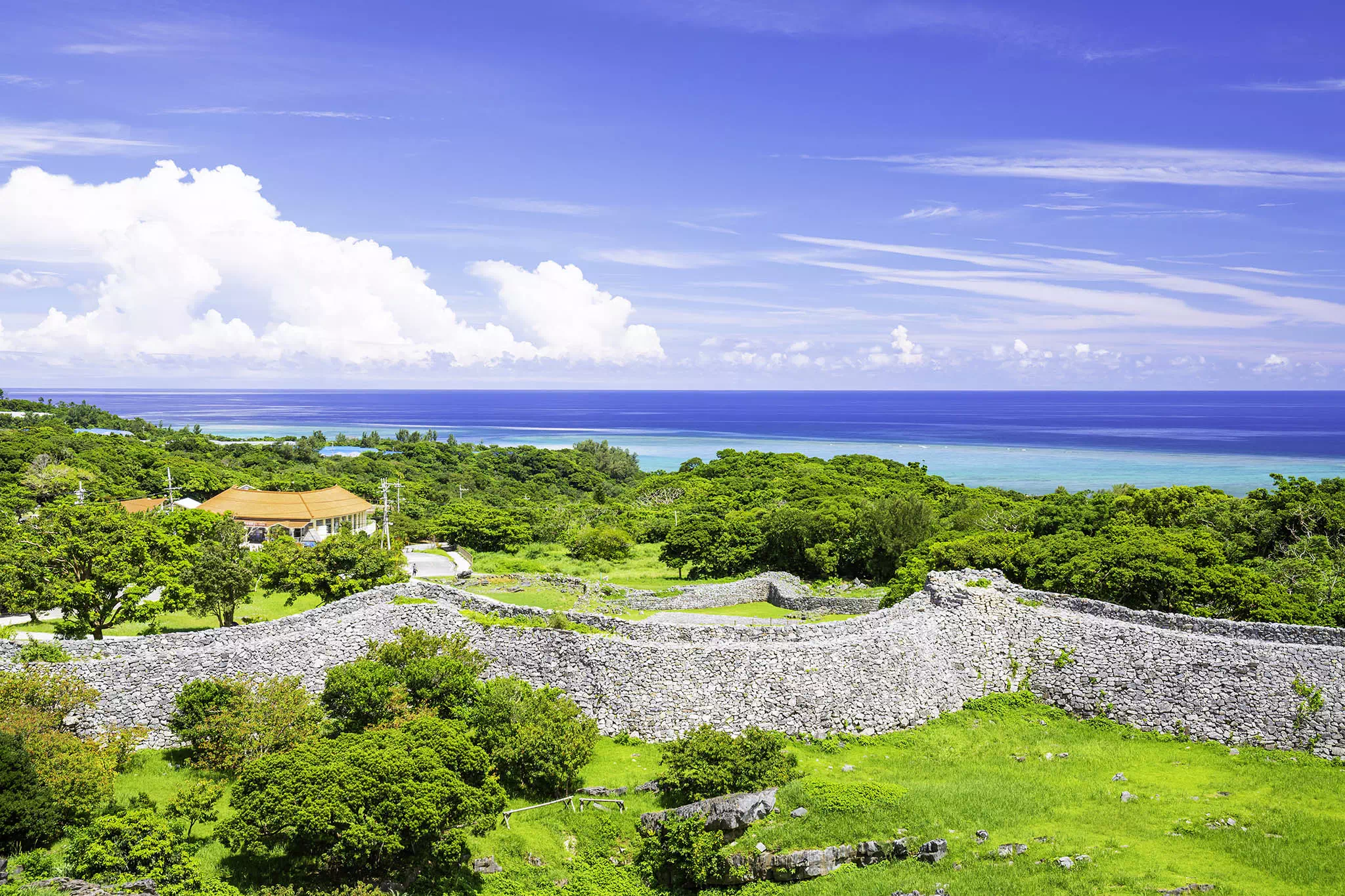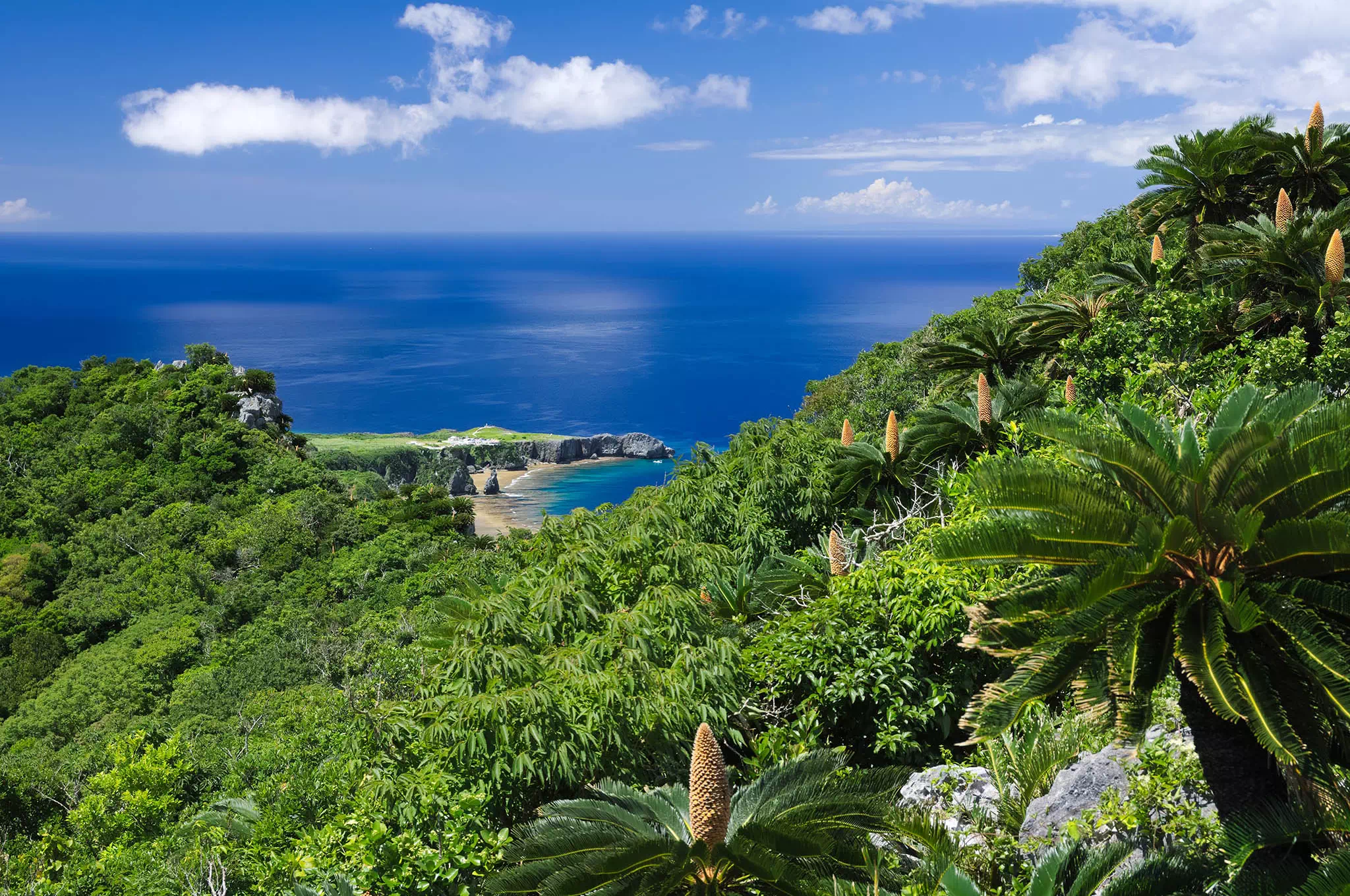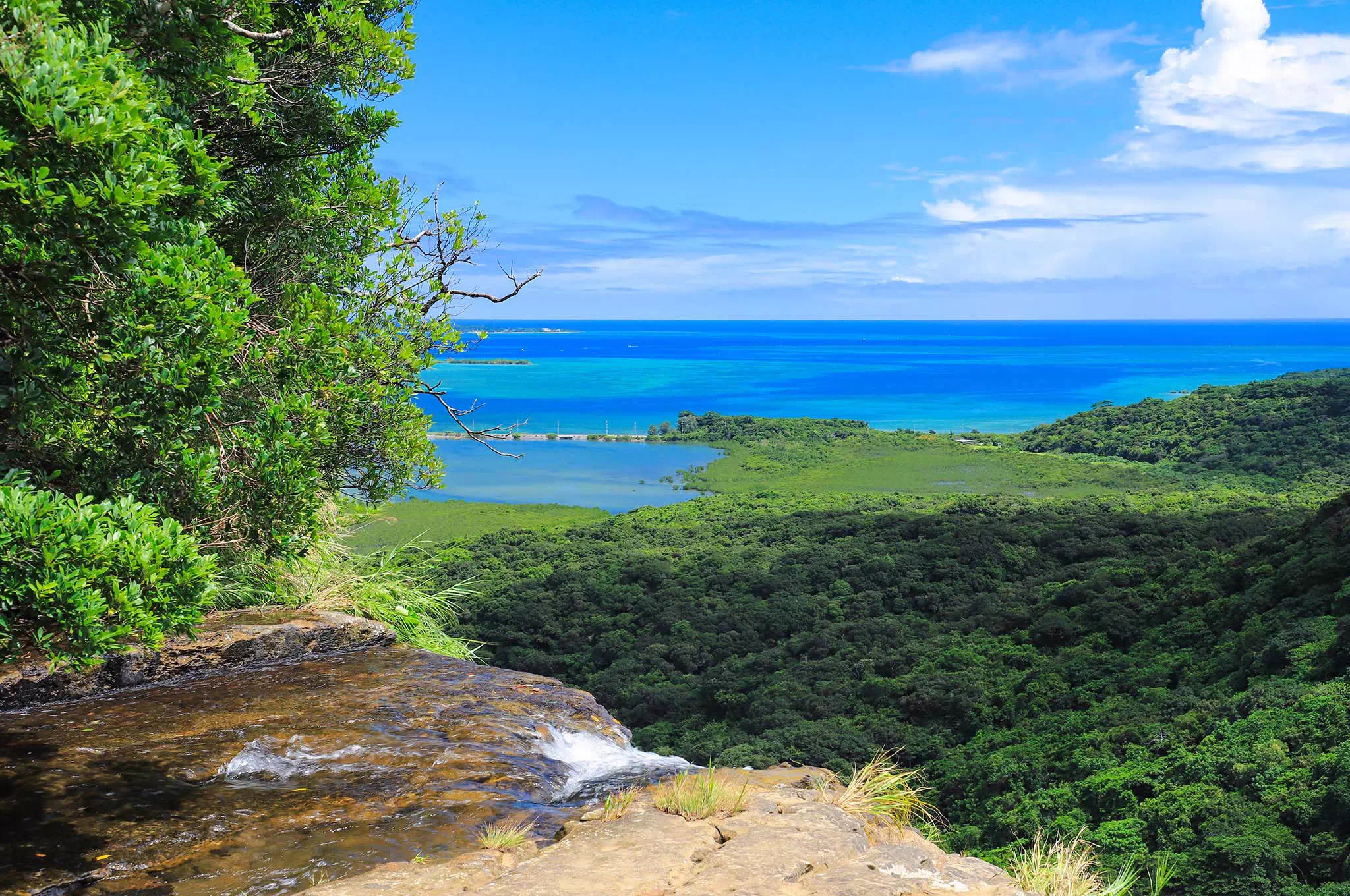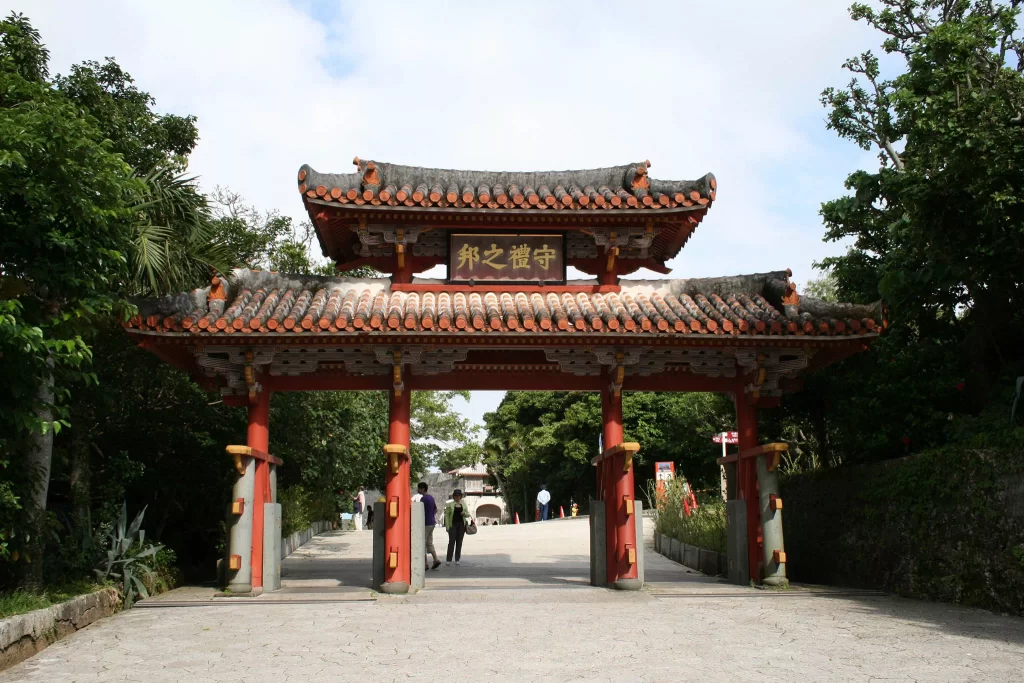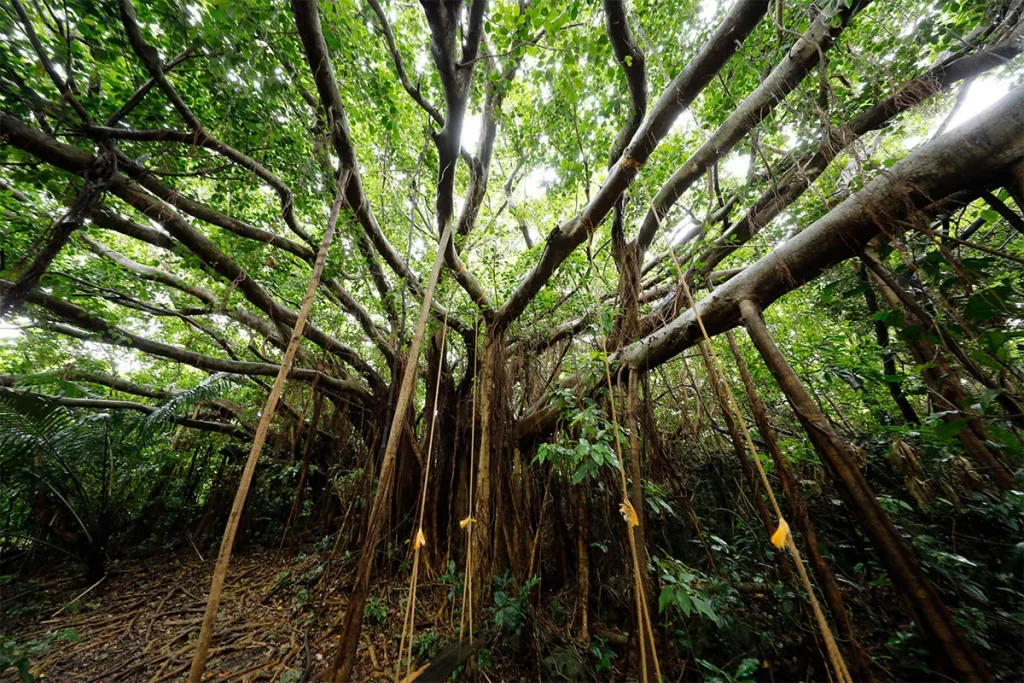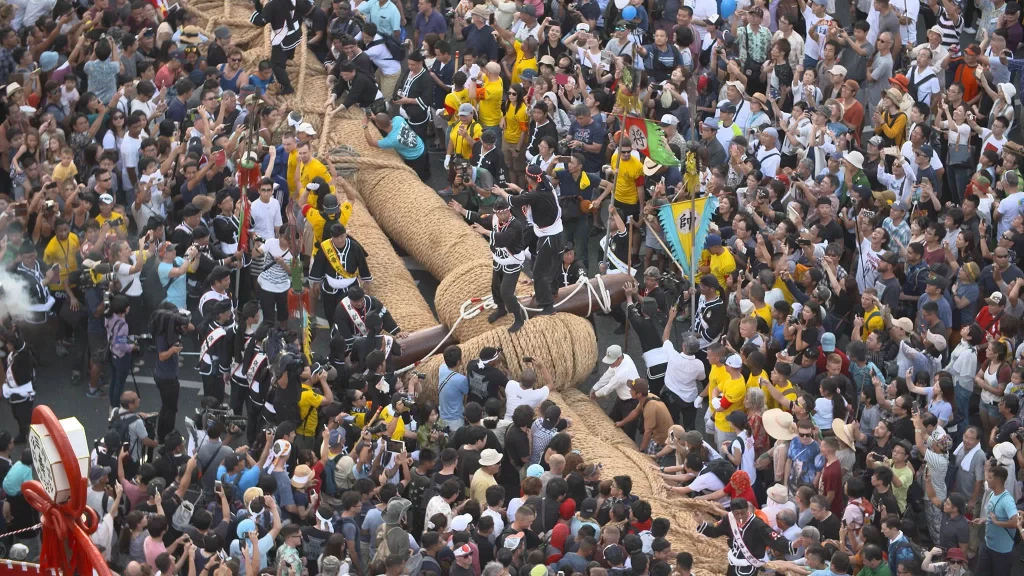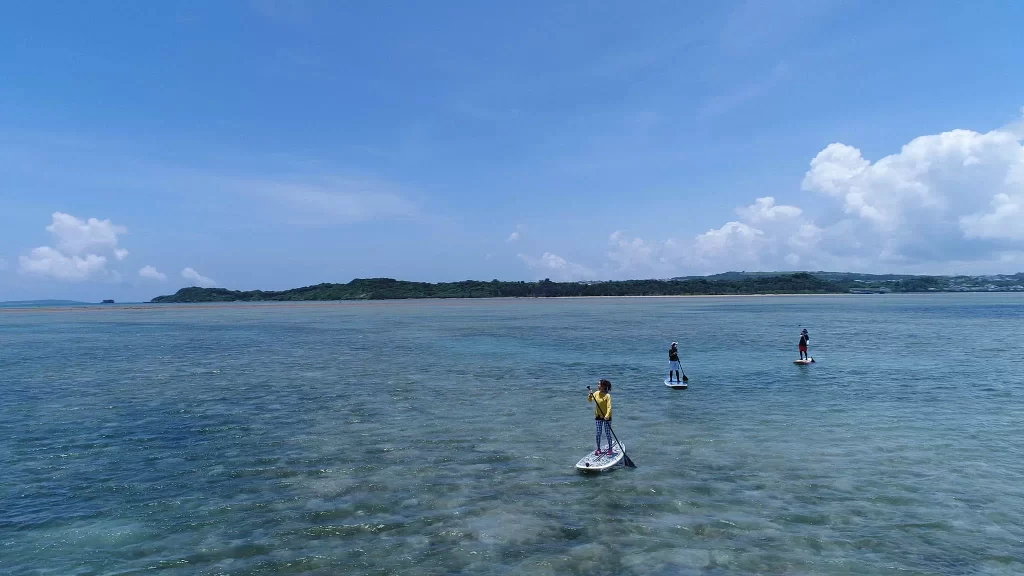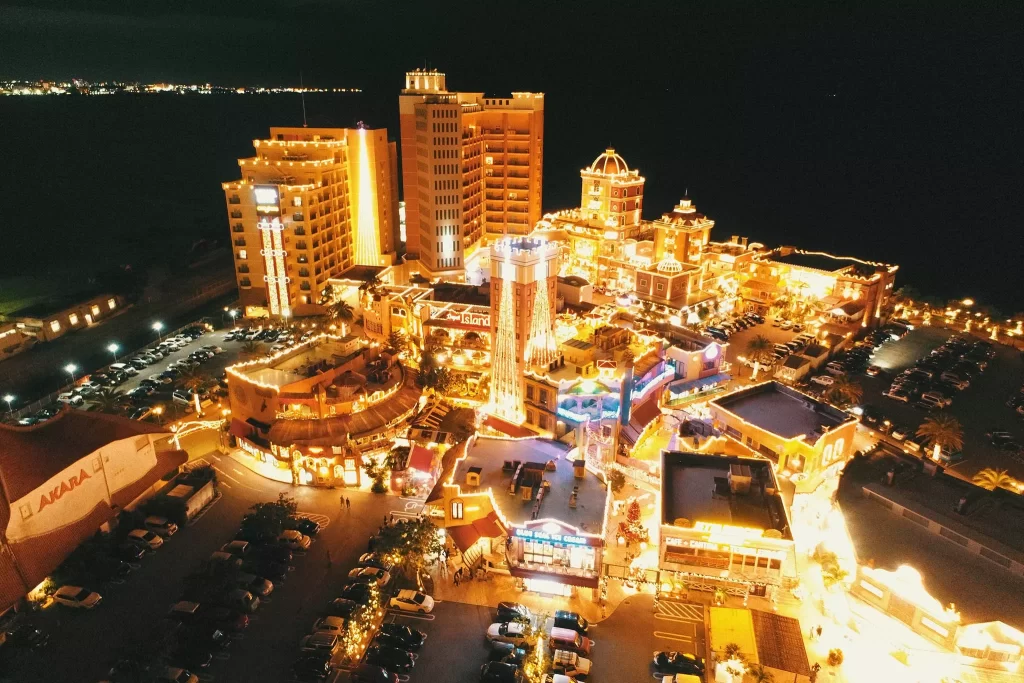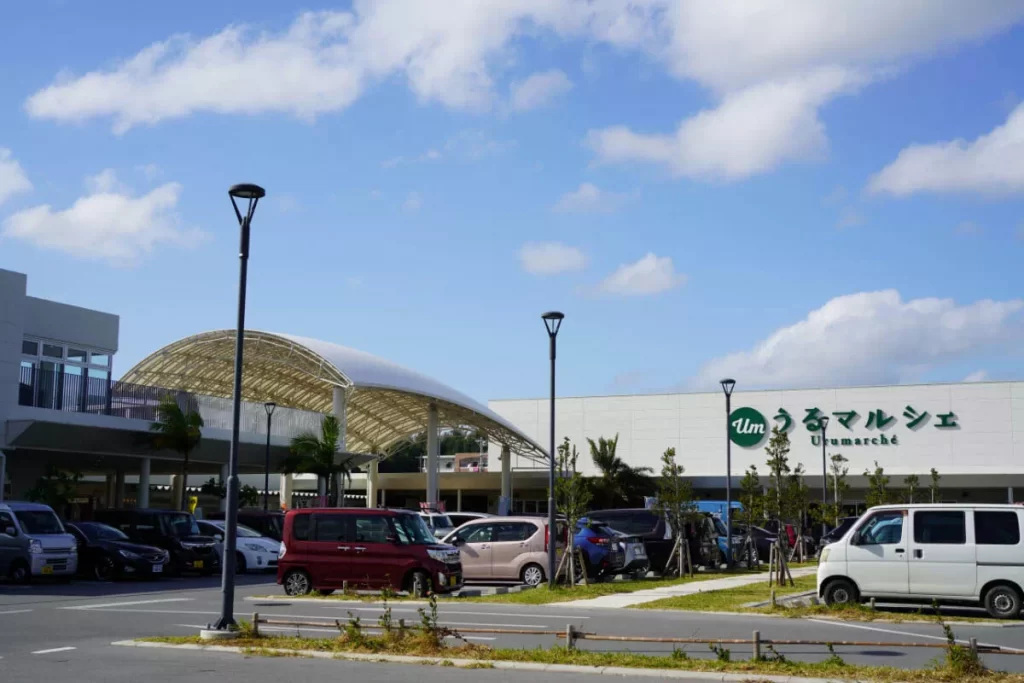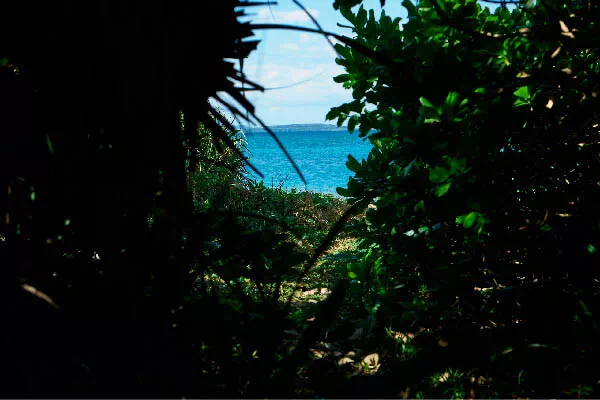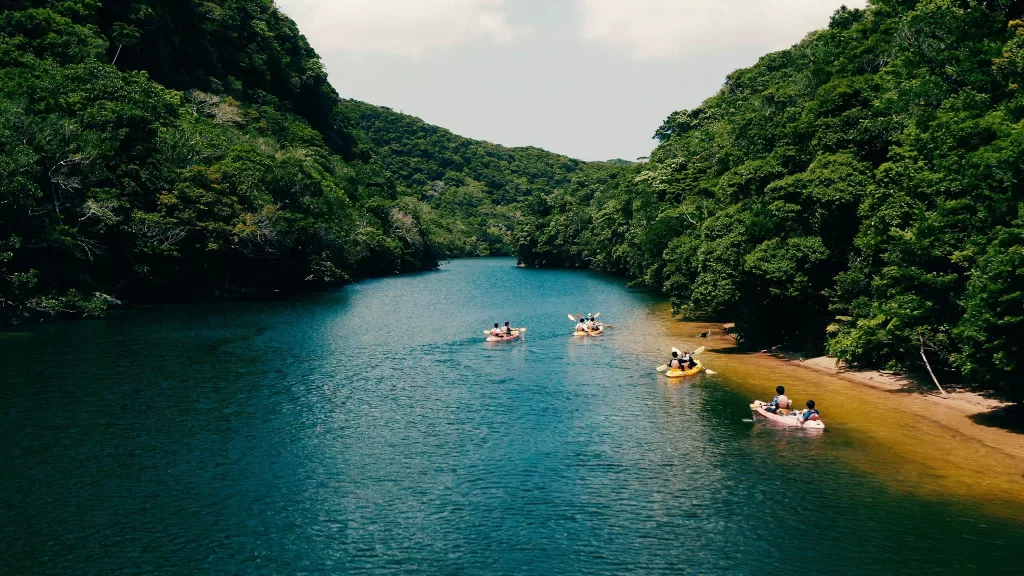Explore Okinawa’s incredible biodiversity, and the enduring history of the Ryukyu Kingdom
Okinawa is home to incredible sites recognized as both Cultural and Natural World Heritage by UNESCO. These well-preserved areas offer visitors the chance to immerse themselves in the unique history and natural beauty of Okinawa, and engage with its distinct island culture.
Natural World Heritage
The northern part of Okinawa’s main island, and Iriomote Island—along with Amami-Oshima Island and Tokunoshima Island (Kagoshima Prefecture)—were designated Natural World Heritage in 2021. The areas encompass both Iriomote-Ishigaki National Park and Yambaru National Park. Sparsely inhabited and full of lush mangrove forests, these areas are home to an incredible variety of rare, endemic flora and fauna, some of which can be found nowhere else in the world. A trip to the northern part of Okinawa’s main island or to Iriomote Island offers visitors the chance to explore precious ecosystems, and appreciate the natural beauty and diversity of Okinawa.
Cultural World Heritage
From the 14th to 18th century, Okinawa flourished under the auspices of the Ryukyu Kingdom. The Golden Age of the Ryukyu dynasty spanned approximately 450 years, and prosperous trade with neighboring countries gave rise to a unique culture that can be seen in many aspects of modern Okinawa. But this expansive history and culture is perhaps best preserved in the Gusuku Sites and Related Properties of the Ryukyu Kingdom, which were designated Cultural World Heritage in 2000. Visit the well-preserved ramparts of imposing castles, royal tombs, and natural sacred sites to explore Okinawa’s enduring history.
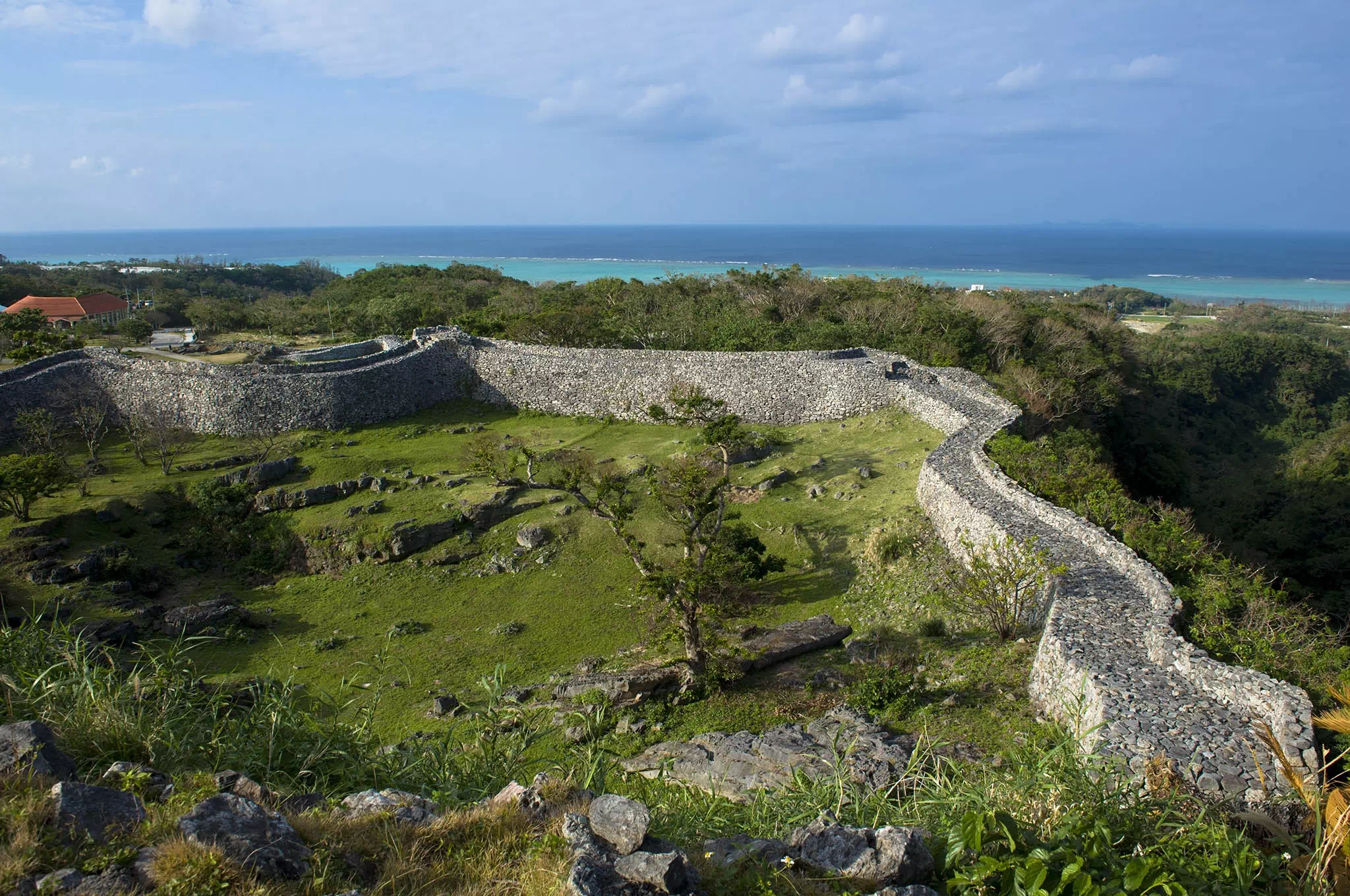
Nakijin-jo Site (Nakijin Castle Ruins)
Immerse yourself in the tumultuous history of Okinawa’s warring states
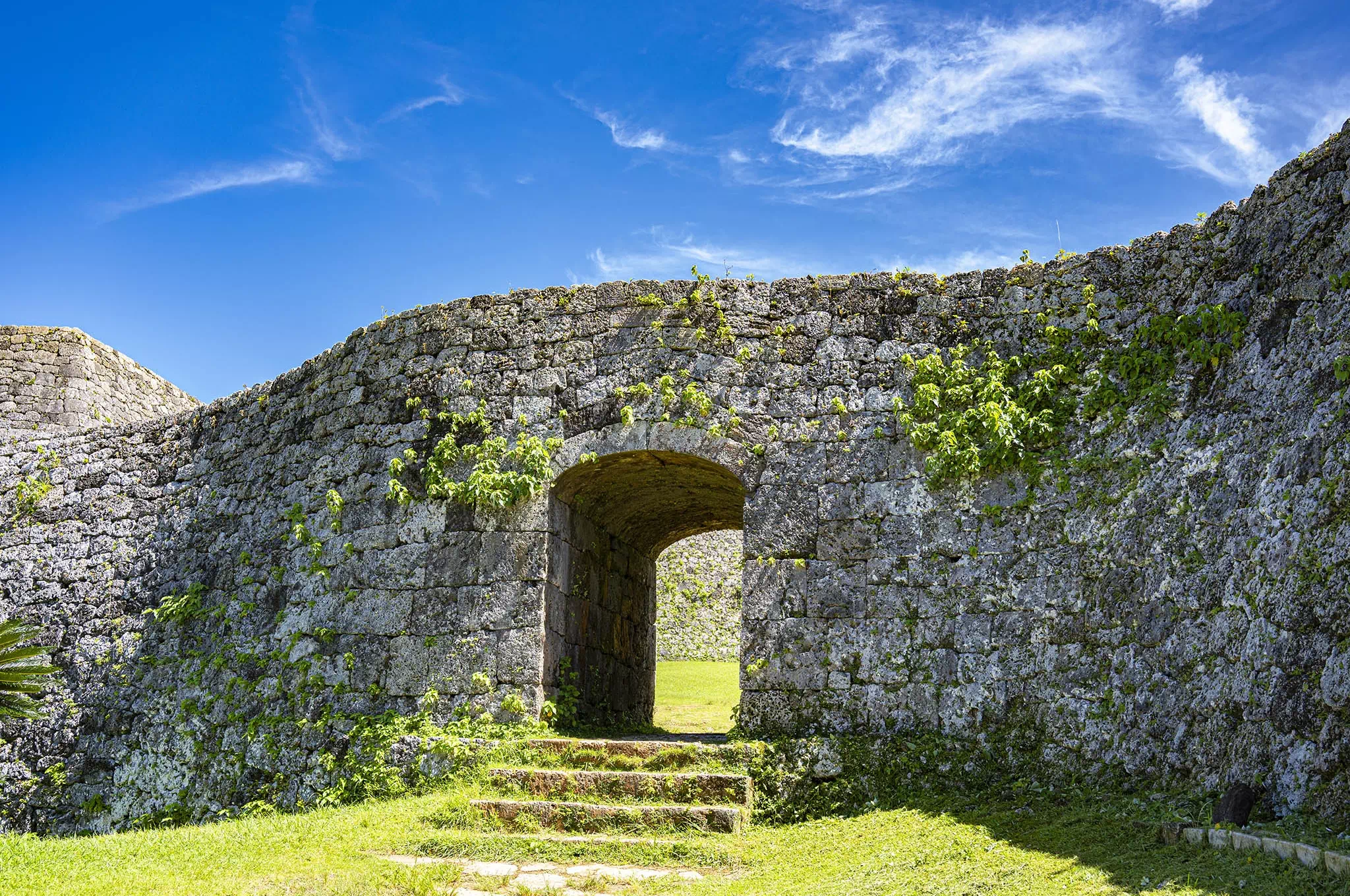
Zakimi-jo Site (Zakimi Castle Ruins)
A stronghold watching over northern Okinawa
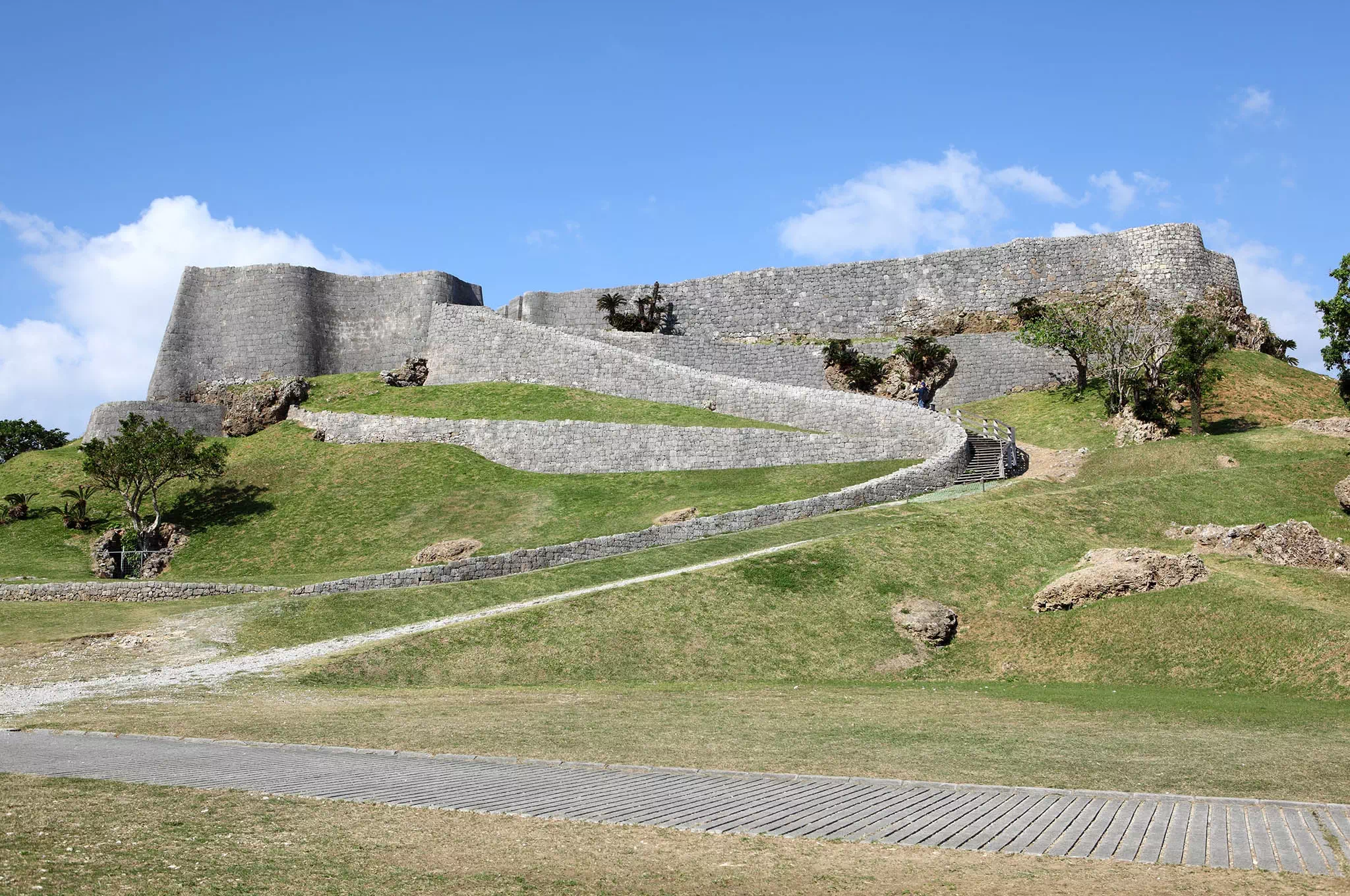
Katsuren-jo Site (Katsuren Castle Ruins)
Explore the hilltop ruins of a grand castle that was home to a Ryukyuan hero
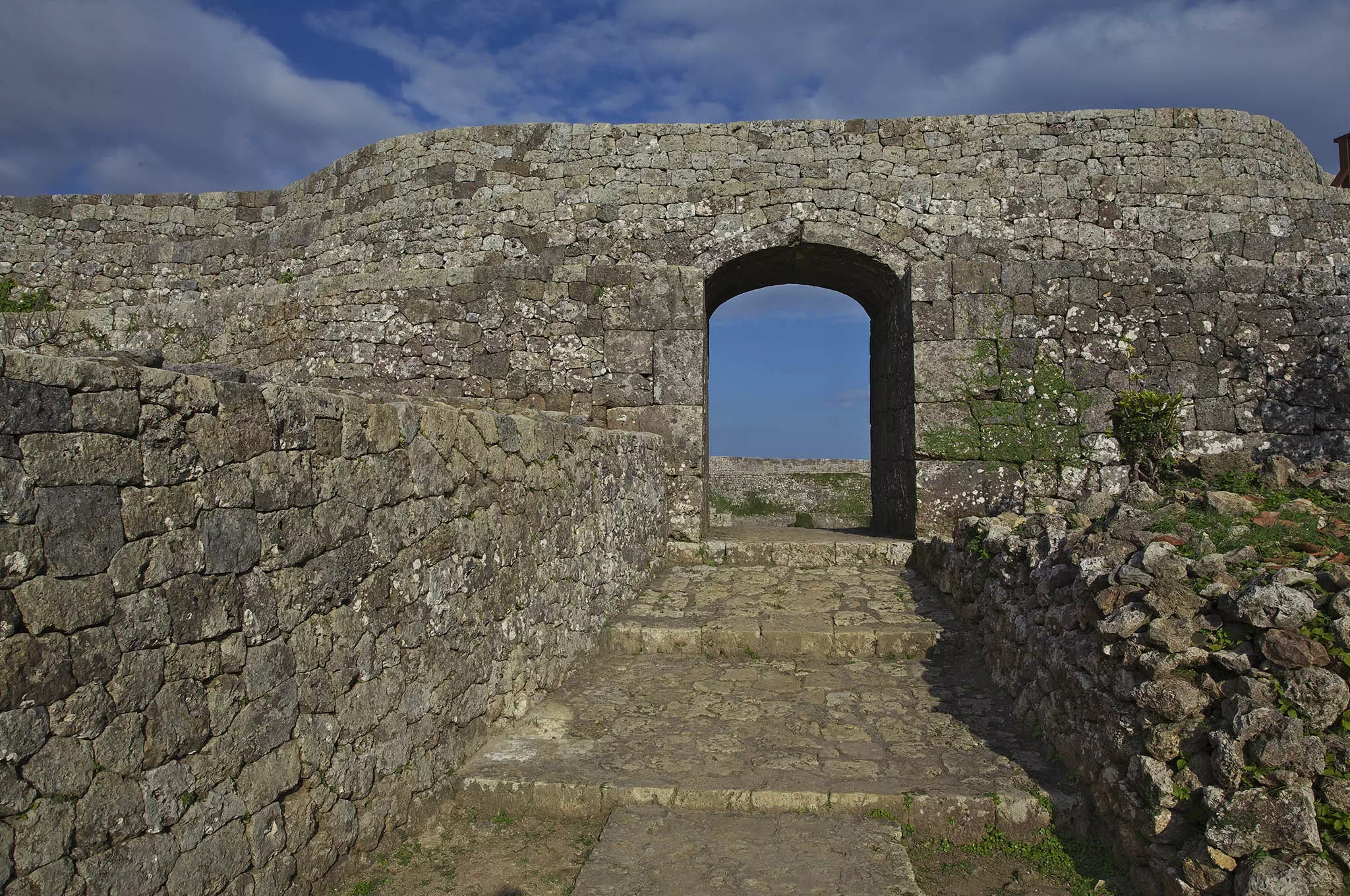
Nakagusuku-jo Site (Nakagusuku Castle Ruins)
Explore the ruins of Nakagusuku and the legacy of one of the Ryukyu Kingdom’s greatest commanders
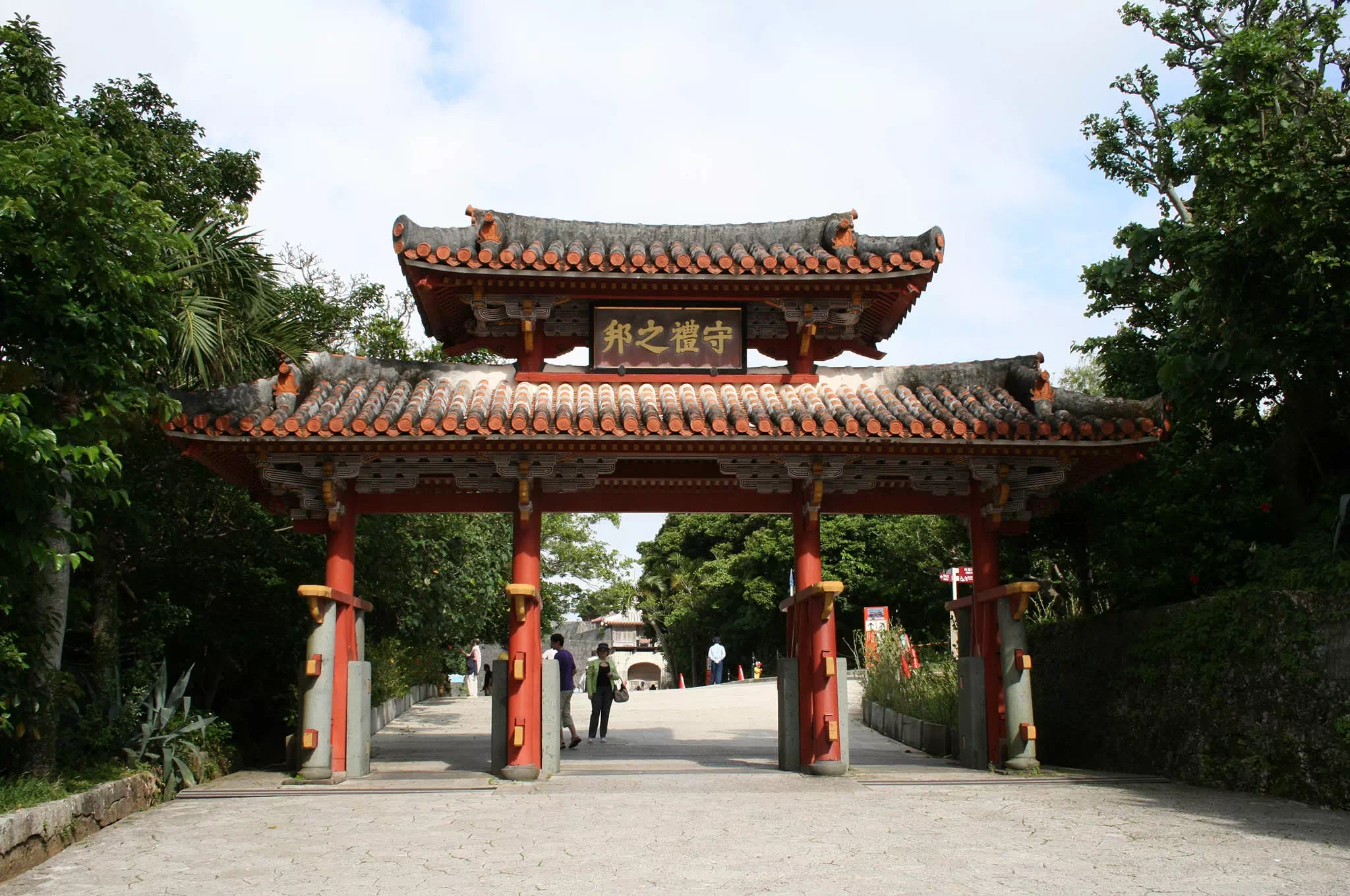
Shuri-jo Site (Shurijo Castle Park)
The political and cultural center of the Ryukyu Kingdom is a must-visit for any trip to Okinawa
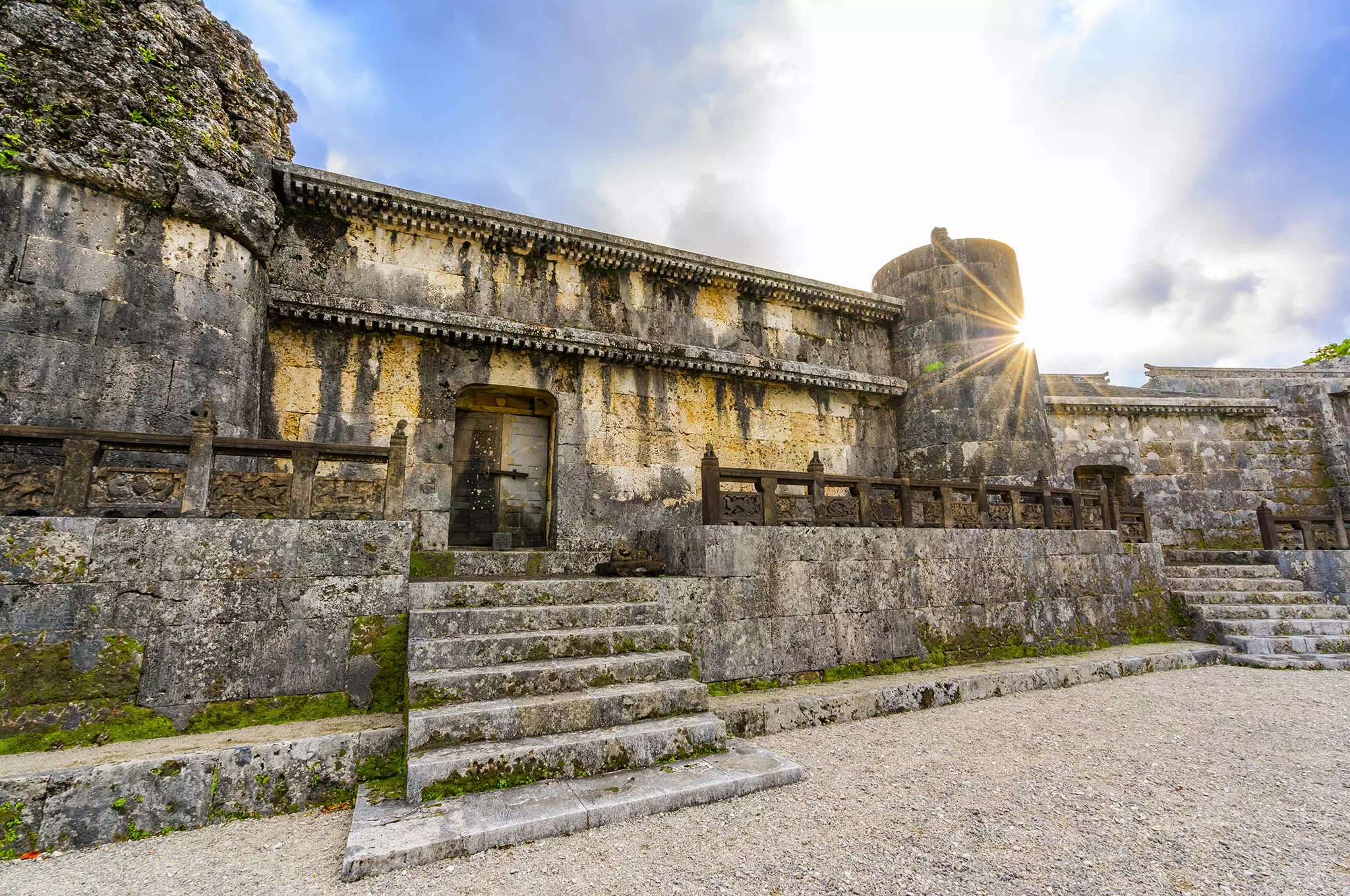
Tama-udun mausoleum
Discover the mausoleum of the kings of the Ryukyu Kingdom
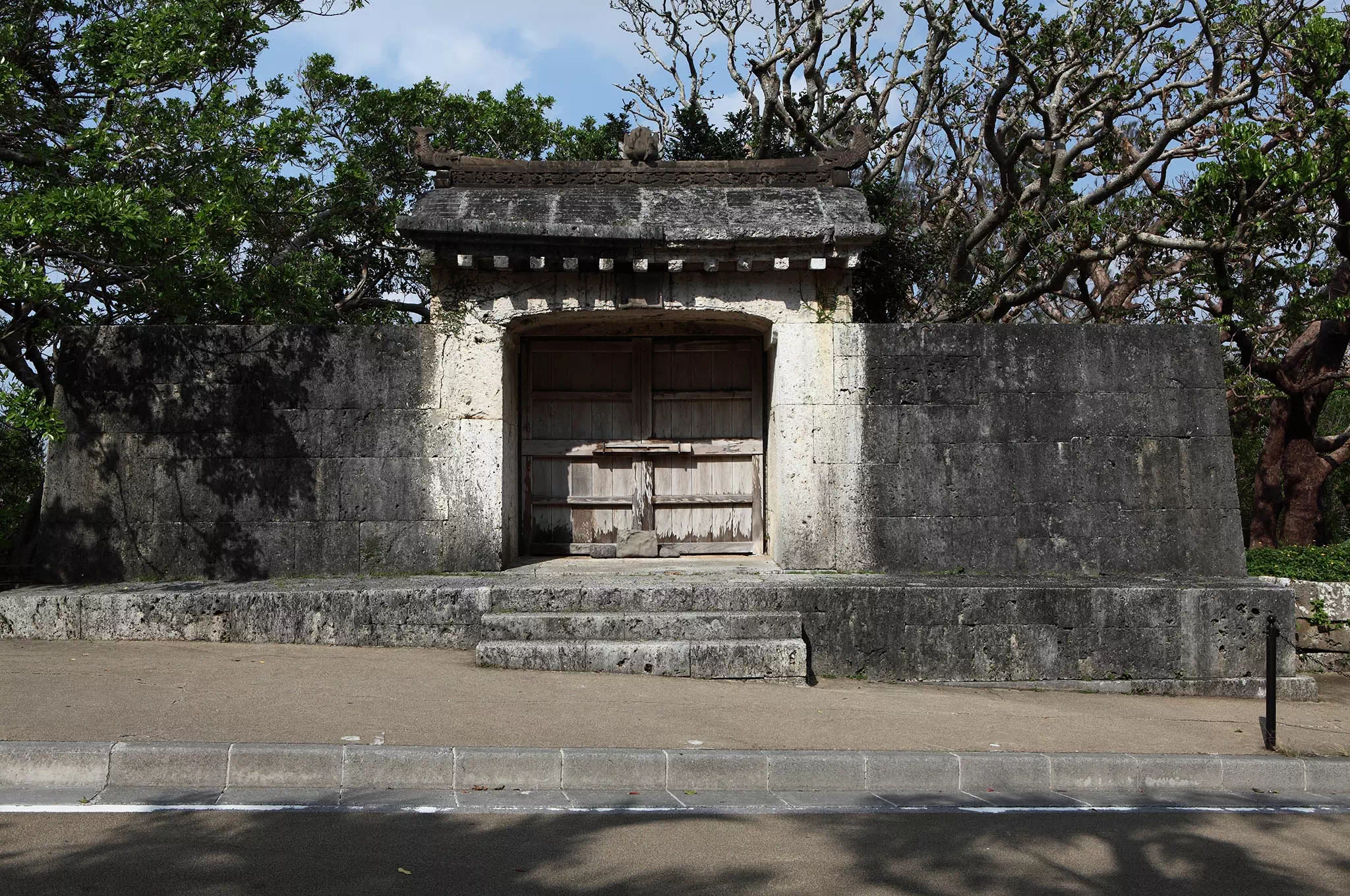
Sonohyan Utaki Stone Gate (Sacred site)
The entrance to Okinawa’s sacred forest is a testament to Ryukyuan architecture
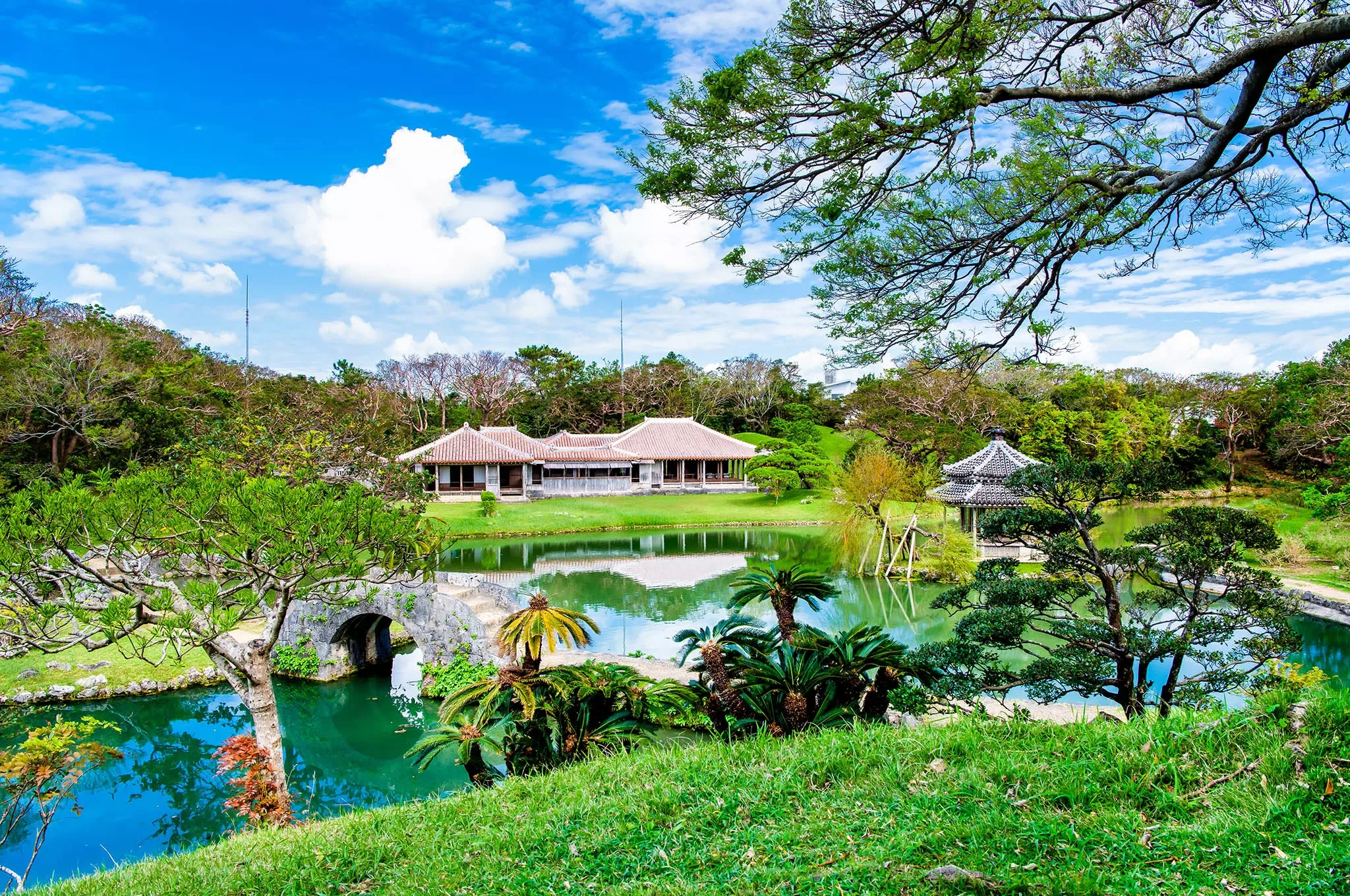
Shikinaen Royal Garden
A cultural landscape fit for royalty
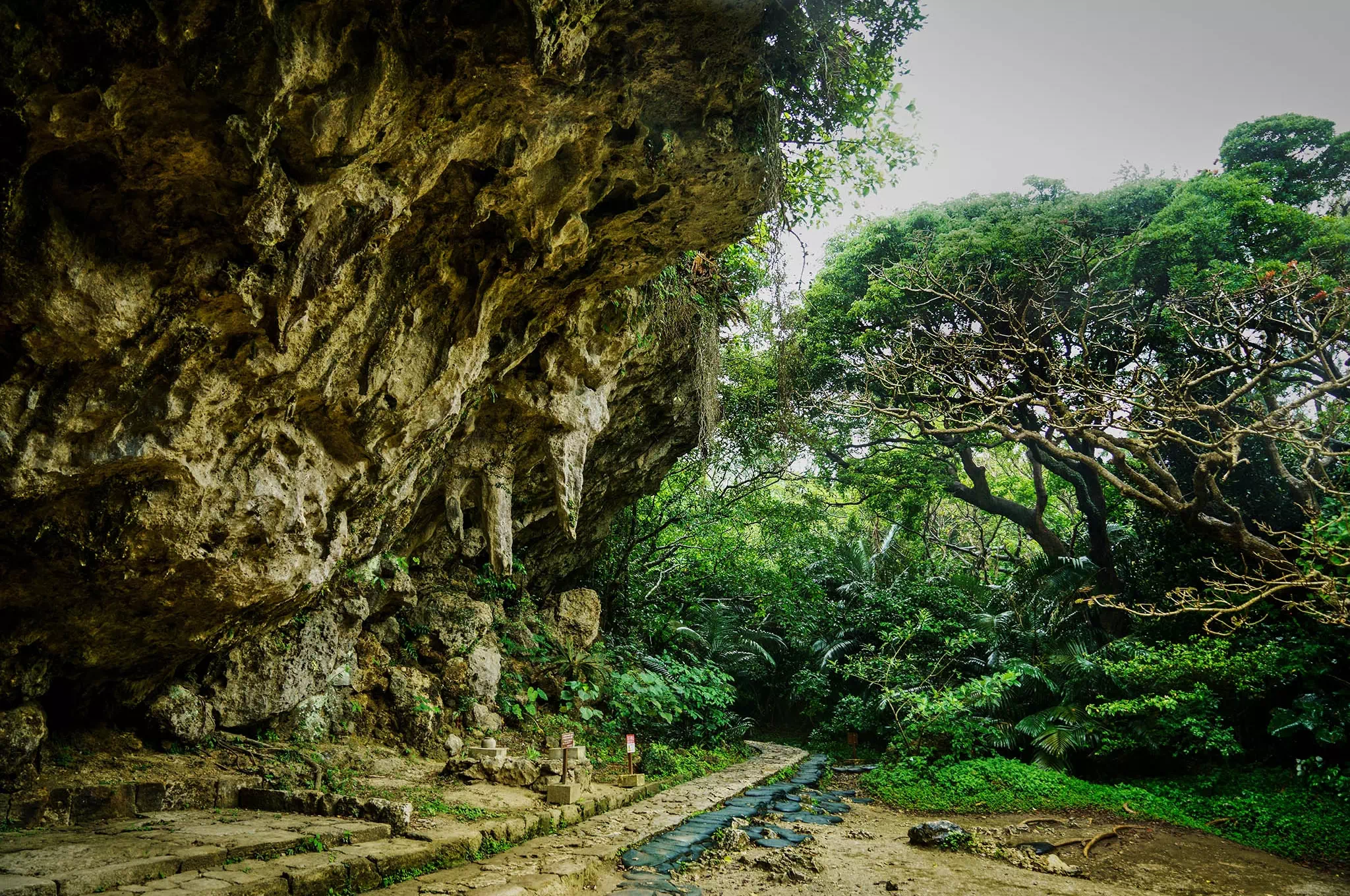
Sefa Utaki (Sacred site)
Discover the most sacred natural place in the Ryukyu Kingdom





















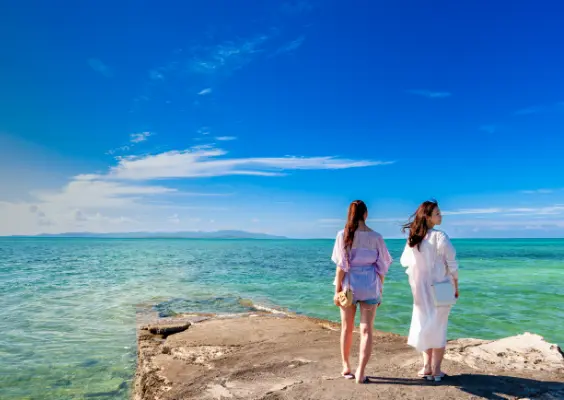
 Facebook
Facebook Twitter
Twitter Copy URL
Copy URL


